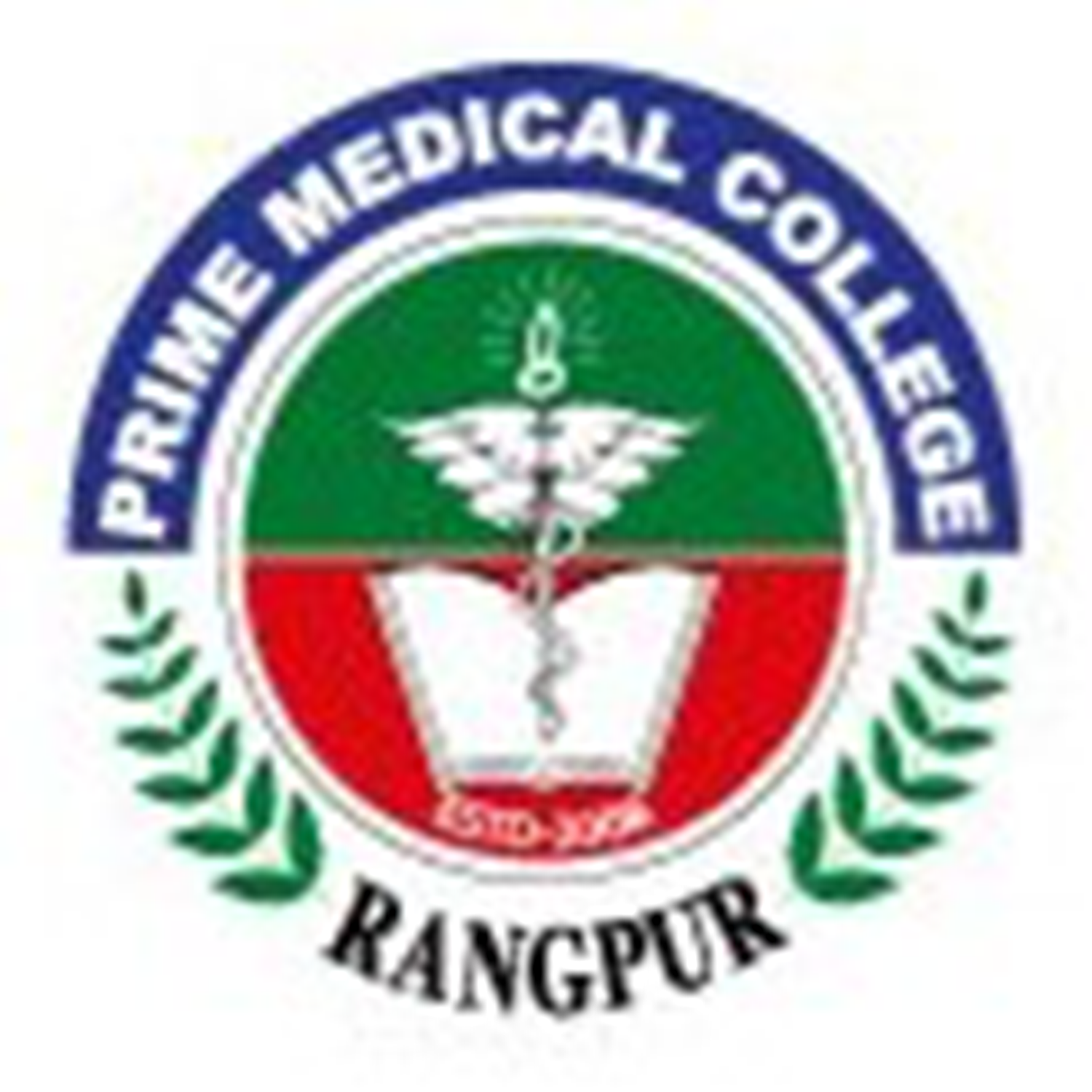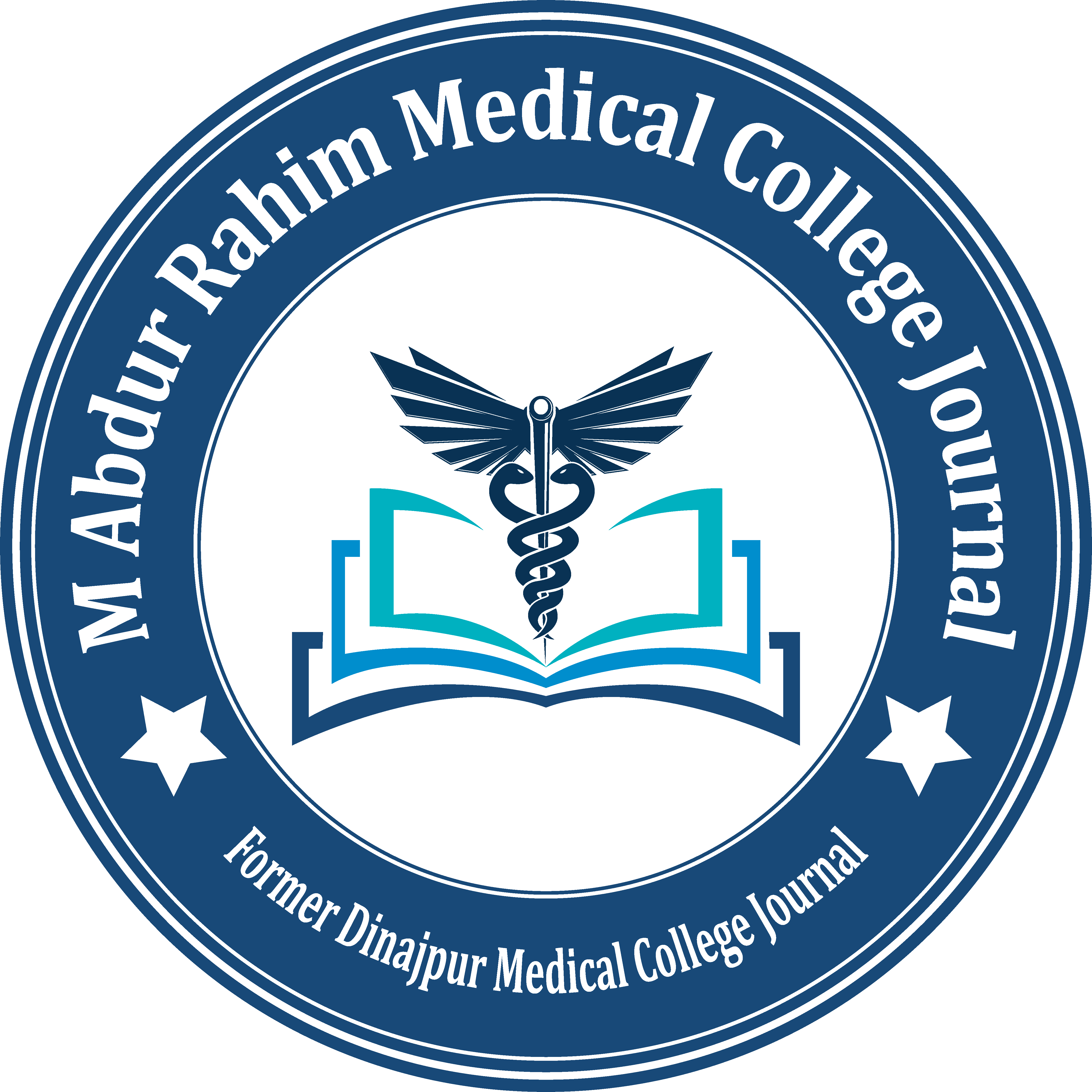Copyright © PMCBD, All Rights Reserved & Powered By NSM Limited
A Comparative Study of Dissection Method of Tonsillectomy vs. Bipolar Cautery Method of Tonsillectomy
*Dr. Md. Kamruzaman
Assistant Professor, Department of E. N. T, Bashundhara Ad - Din Medical College and Hospital , Dhaka
E-mail: [email protected]
Mobile: 01757754451
Keywords: Tonsillitis, Tonsillectomy, Dissection method , Cautery method.
Abstract
Context: The tonsils are lymph nodes in the back of the mouth and top of the throat. They help to filter out bacteria and other germs to prevent infection in the body. A bacterial or viral infection can cause tonsillitis. Strep throat is a common cause. The infection may also be seen in other parts of the throat. Whenever, tonsil become enlarged, seriously infected or causes certain complications, tonsillectomy becomes essential. It can be performed with many ways including dissection method of tonsillectomy and bipolar method of tonsillectomy.1
Aim of the study: The aim of this study was to assess the advantages of dissection method over bipolar method of tonsillectomy.
Materials and Methods: A prospective single blinded randomized control study was conducted in the Department of Otolaryngology, Bashundhara Ad- Din Medical College Hospital, Bangladesh during the period from July 2020 to February 2023. A total of 50 admitted patients for tonsillectomy were included as the study. Results: In this study maximum patient were 7- 18 years. The study showed males were affected more than the females. Intraoperative blood loss was more in conventional dissection method. Post operative pain was more in electrocautery method in comparison to dissection method. Duration of surgery was more in dissection method than in bipolar cautery method. Post operative bleeding was not observed in any case of this study.
Conclusion: Intraoperative blood loss and duration of surgery was more in dissection method. Post operative pain was more in electrocautery method.
Prime Medical Journal, July 2023; 13(2):31-34
Our Visitor






 Total Users : 537
Total Users : 537 Views Today :
Views Today :  Views Yesterday : 1
Views Yesterday : 1
